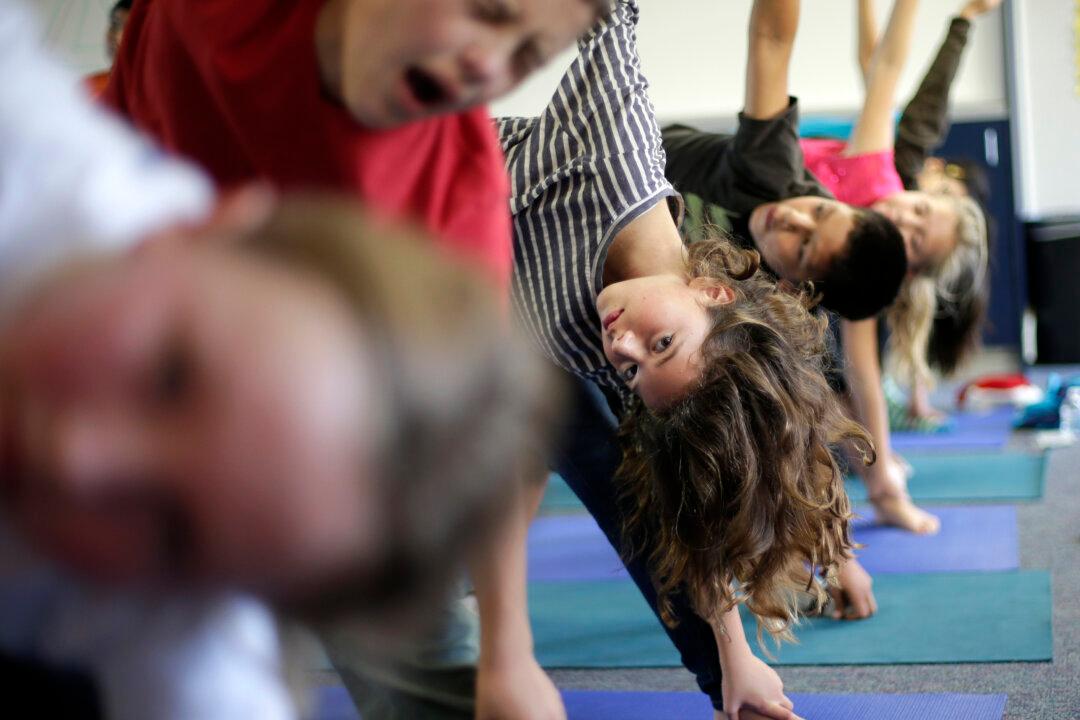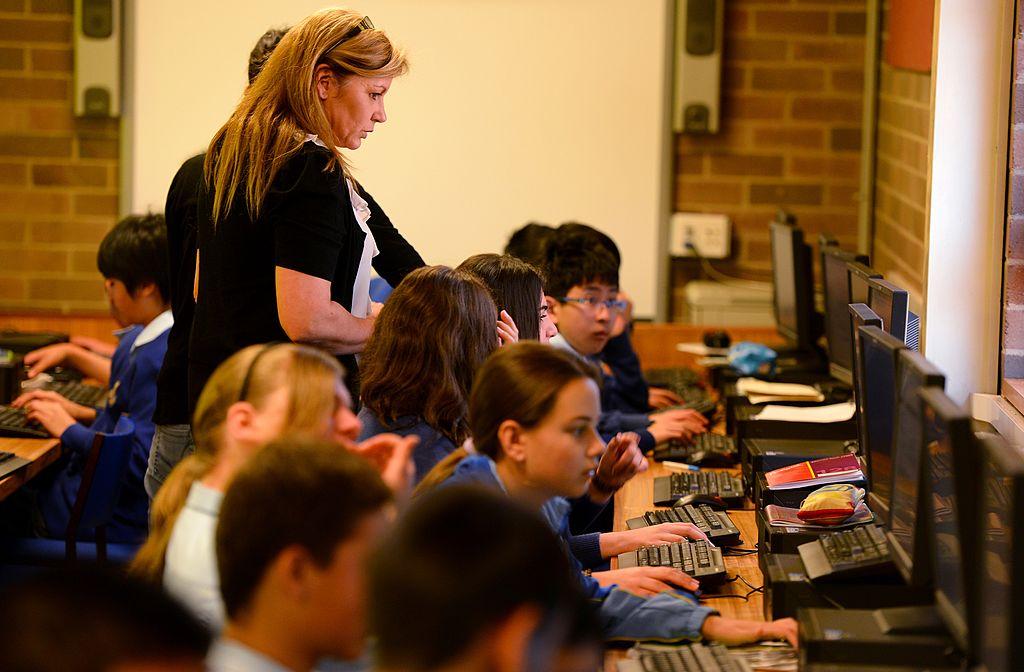The public health system saved over $320 million a year from Australians participating in sports and exercise, according to a sports economics report released on Sept. 5.
Australian Institute of Health and Welfare (AIHW) spokesperson Dr. Heather Swanston said $1.2 billion was spent on injuries from physical activity, and $149 million was spent on osteoarthritis from previous injuries from physical activity; however, sport and physical activity provided a net saving of $321 million to the Australian health system, in 2018-19.





